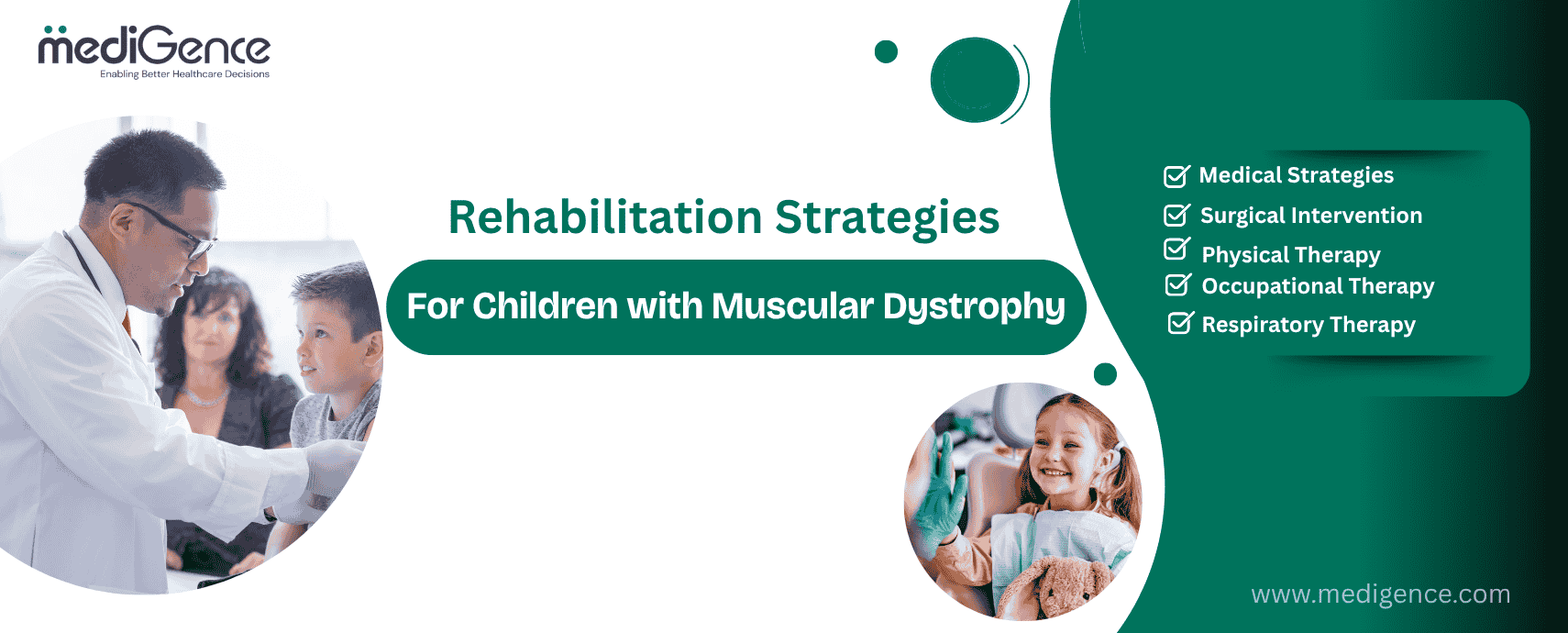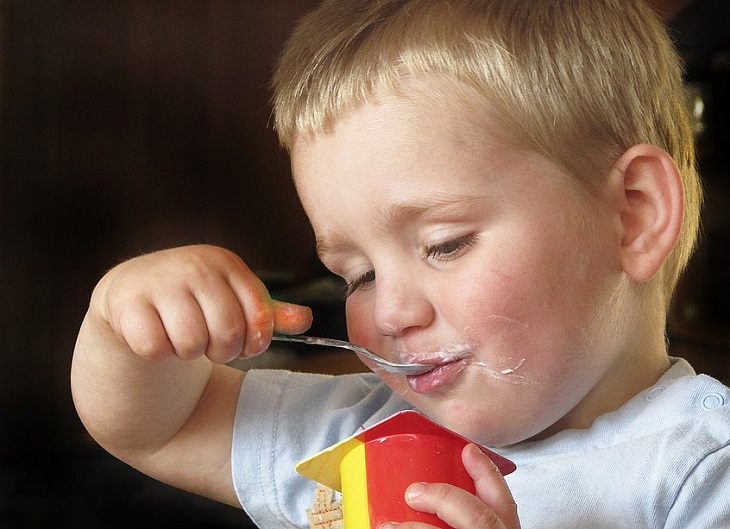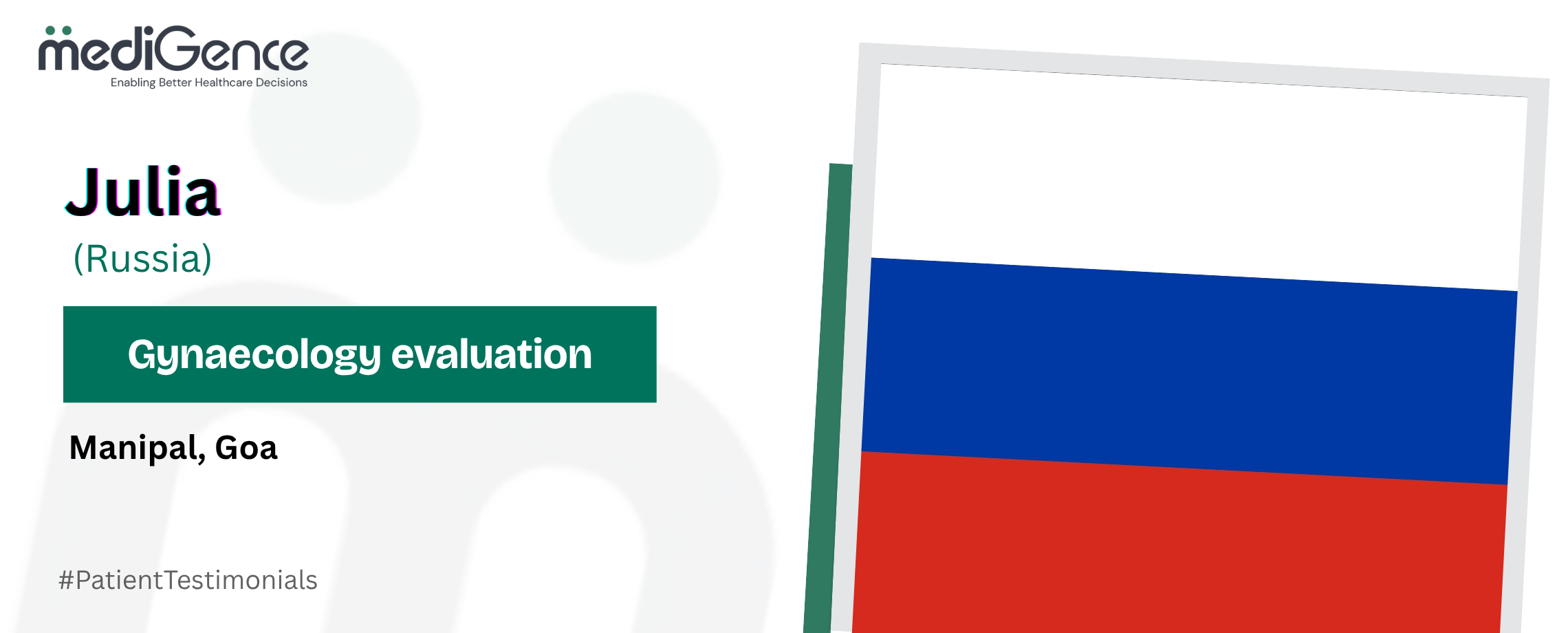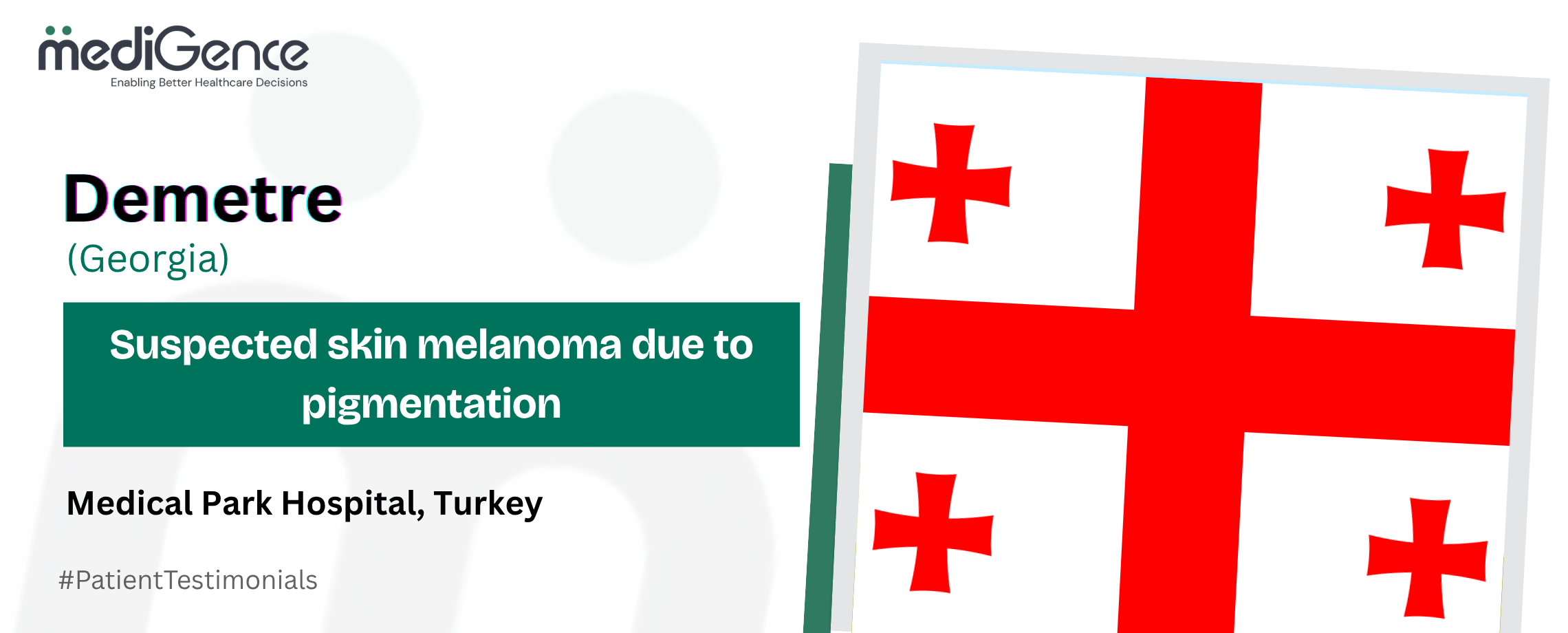Muscular dystrophy is a disorder that causes general muscle weakness throughout the body, speech problems, and loss of muscle mass. In the long term, it can also lead to disability. Each kind of MD develops at a different rate. Several forms of MD affect children. MD symptoms can appear at any point throughout childhood or adolescence.
Duchenne muscular dystrophy is the most common type of muscular dystrophy that affects children. It is more common in boys than in girls. DMD occurs in people at a rate of 4.6 per 100,000. Rehabilitation for muscular dystrophy enables patients to reach their full potential and enhance their quality of life. These include physical therapy, occupational therapy, speech therapy, respiratory treatment, surgery, and medication therapy.
Causes of Muscular Dystrophy
Muscular dystrophy is a genetic problem. There is a protein responsible for the structure and function of muscles. This protein is called dystrophin. If this protein is absent, less expressed, or forms less protein, then muscle degeneration begins and hinders the muscle’s functioning. Muscular dystrophy has no cure. This protein is linked to the X gene.

Book Online Consultation
Signs and Symptoms of Duchenne Muscular Dystrophy
Duchenne muscular dystrophy symptoms initially are mild in childhood, but at a later stage, they become severe with increased age. Symptoms shown by muscular dystrophy
- Difficulty in breathing
- Slow, irregular heartbeat
- Loss of muscle mass
- Degeneration of muscle
- Difficulty in standing up
- Difficulty in walking and running
- Tip-toe Walking
- Difficulty in stair climbing
- Spinal curvature
- Speech difficulty
- Behavioural and learning difficulties
- Falling more frequently than other children
- Delayed growth
Rehabilitation Strategies to Manage Muscular Dystrophy
Muscular dystrophy has no cure, but treatment is essential to reduce symptoms or delay disability. For the treatment of muscular dystrophy, rehabilitation teams work together. The rehabilitation team includes a neuromuscular specialist, cardiologist, Physical therapist, occupational therapist, speech therapist, and respiratory therapist.
Medical Strategies
Consult with neurologists and cardiologists regularly to prevent symptoms from worsening. Forensic reassessment and radiological investigation are also critical, ideally conducted every 6 months.
Glucocorticoids treatment: For slowing down muscular dystrophy progression, increasing muscle strength and respiratory function.
- Beta blockers: For heart-related problems such as high blood pressure and heart failure.
- Anti-Seizure Drugs: To reduce seizures in some types of muscular dystrophy.
Surgical Intervention
This intervention is used in the case of muscular dystrophy for correction.
- Spinal Correction: To correct spinal curvatures like scoliosis, spinal fusion surgeries can help straighten and stabilise the vertebrae. These surgeries are also important for improving lung function.
- Tendon Release Surgery: Through surgery, tendons can be disconnected from joints, allowing for more unhindered and easy joint mobility.
- Pacemaker: Muscular dystrophy can cause heart problems. May require a pacemaker for proper heart function.
Physical Therapy
The physical therapist will create a plan based on the individual’s current mobility status, requirements, and overall health. DMD causes gradual muscular weakening and wasting of muscles; therefore, the condition will progress over time. Physical therapy focuses on maintaining range of motion, stretching to prevent joint contractures, promoting independent mobility, and encouraging ambulation.
Occupational Therapy
Occupational therapists can help patients continue to perform everyday activities, such as feeding, grooming, dressing, writing, and workplace tasks, when physical abilities are weakened due to symptoms of muscular dystrophy.
Speech Therapy
Speech issues can start with physical weakening. Patients with DMD can show speech issues such as delayed onset, difficulty finding words, and non-fluent speech. Individuals with muscular dystrophy greatly benefit from speech therapy, as it helps them communicate their needs, maintain safe swallowing, and improve their quality of life.
Respiratory Therapy
Respiratory problem is the leading cause of death in muscular dystrophy. Muscular problems can impact the respiratory muscles, which must be regularly monitored. There may be a demand for devices that assist individuals in coughing and clearing secretions from their respiratory tracts, as well as devices that aid them in breathing.
Cardiac care
People with DMD should have a whole heart evaluation (including assessment of cardiac biomarkers, an electrocardiogram, and noninvasive imaging) by a specialist beginning in early infancy and repeated at least every 6 months.
Conclusion
Muscular dystrophy cannot be prevented. There is no particular therapy or cure for this condition. The primary goal of caring for children with muscular dystrophy is to prevent and treat problems while also increasing their quality of life.










